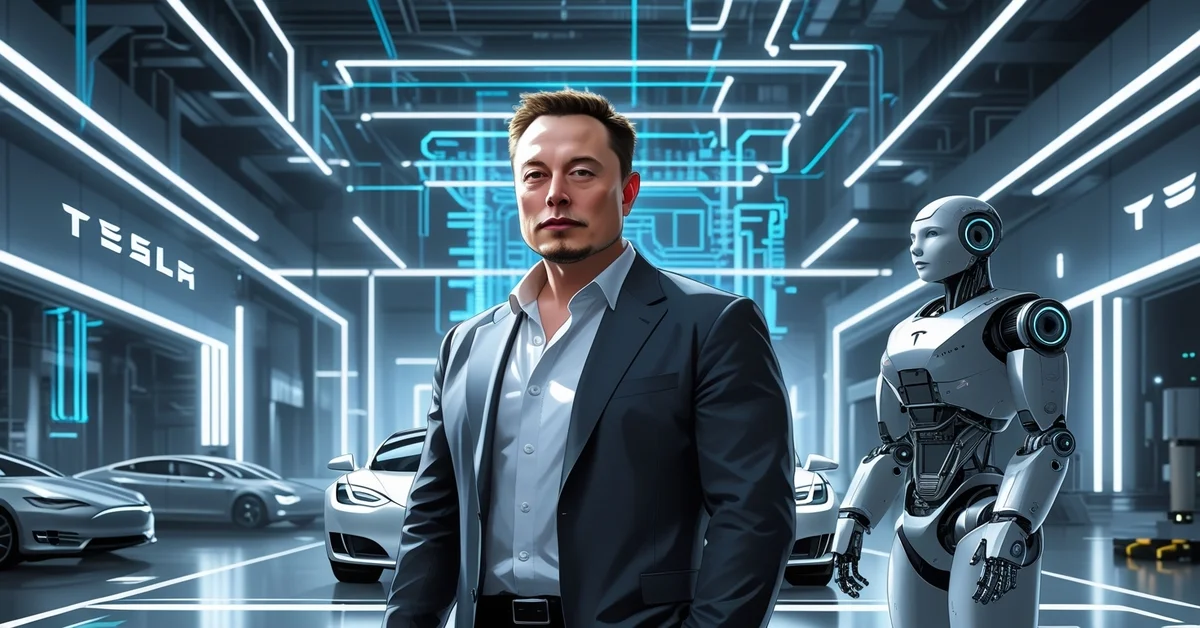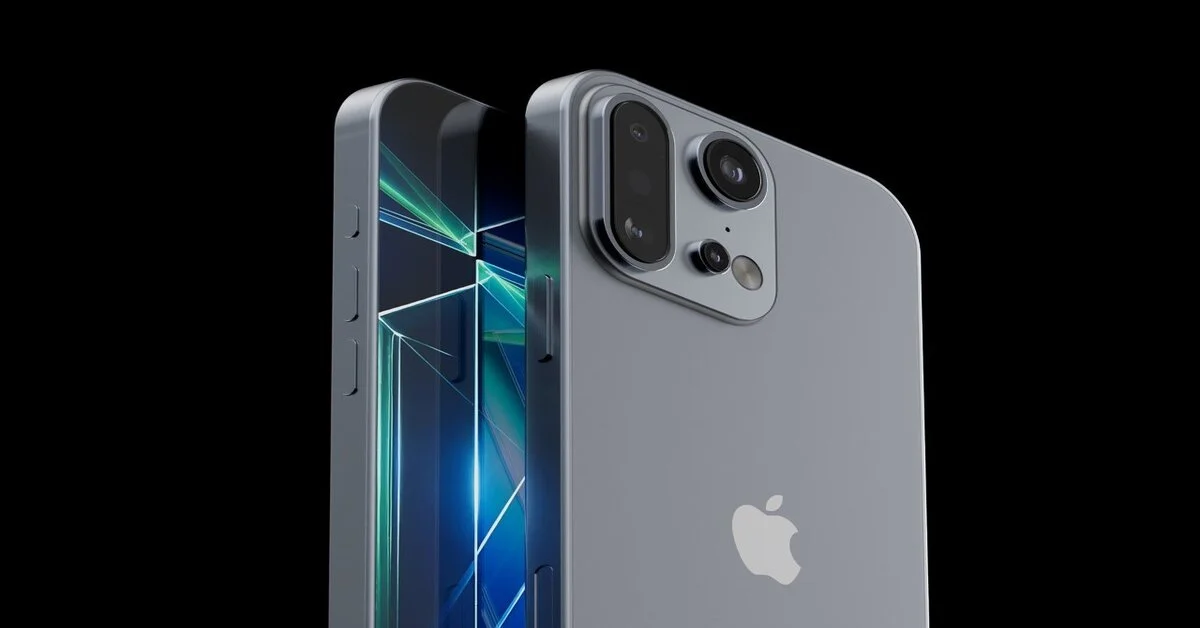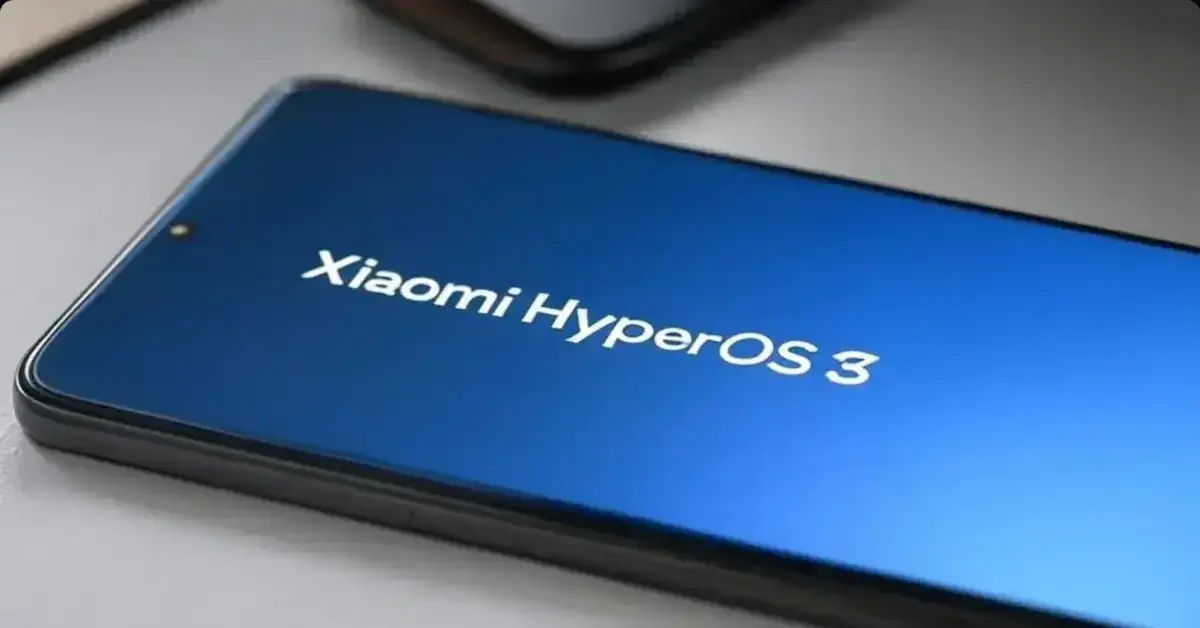Samsung Electronics has recently experienced a turbulent phase in its stock performance, as strategic victories offset second‑quarter earnings disappointments. In the April-June period, the company projected an operating profit of approximately ₩4.6 trillion, marking a 56% year‑on‑year decline and falling well short of market expectations of ₩6.2 trillion. This sharp drop was largely attributed to U.S. restrictions on exporting advanced AI chips to China and delays in supplying high‑bandwidth memory (HBM) chips to Nvidia, weakening demand and resulting in substantial inventory writedowns.
Samsung’s memory and foundry divisions bore the brunt of this slump. With its foundry business underperforming and AI chip momentum behind rivals like SK Hynix and TSMC, investor confidence had waned. To support shareholders, the company announced a ₩3.9 trillion share buyback, part of a broader ₩10 trillion program designed to stabilise the stock.
However, investor sentiment recently improved following two key developments. First, Samsung’s board disclosed a landmark $16.5 billion semiconductor supply deal with Tesla, identified by multiple reports as the client. This long‑term contract extends through 2033 and is seen as a major boost to Samsung’s loss‑making foundry segment, prompting a roughly 3.5% increase in share price.
Second, the South Korean Supreme Court’s full acquittal of Chairman Lee Jae‑yong in a 2015 merger‑fraud case removed a significant legal shadow over the company. This outcome lifted its stock by about 3.1%, helping restore leadership confidence and improving perceptions among institutional investors.
Despite the profit downturn, Samsung’s shares have gained roughly 10% in July alone, reclaiming their position as South Korea’s most influential stock. Meanwhile, rival SK Hynix shares have dipped by nearly 8%, highlighting a shifting investor focus back to Samsung .
In the current environment, key uncertainties remain. Upcoming U.S. tariffs of 25% on South Korean imports beginning August 1 may add pressure, and Samsung still lags in AI memory chip development. Yet experts note potential for recovery if Nvidia greenlights Samsung’s HBM3E chip and global chip demand rebounds in the second half of 2025.
In total, Samsung’s stock narrative right now is mixed but with clear upside catalysts: the Tesla deal delivers long‑term foundry support, the Lee acquittal removes a governance overhang, and buybacks signal management’s confidence. Meanwhile, geopolitical trade risks and chip competition remain headwinds. Gradual profit improvement, fresh AI chip orders, and stronger foundry utilisation may define the next chapter, making the stock a forward‑looking proposition.



